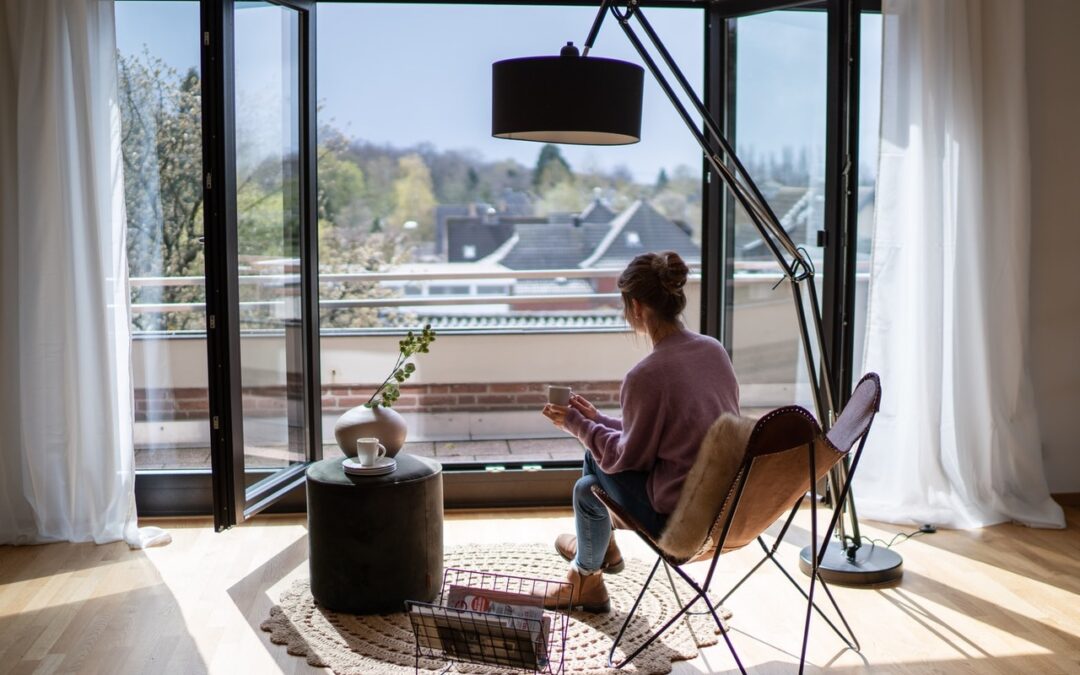Written by Kim McLeod and Diana Klein
We spend approximately 90% of our time indoors so let’s consider the air quality of our indoor spaces and how the air we breathe impacts our lives.
The choices we make in creating our indoor spaces can make the difference between healthy clean air or toxic air. Our homes, offices and schools may contain products and materials that release toxic gaseous substances and create mold.
What Affects Indoor Air Quality?
Indoor air can be polluted with chemicals that can be found in paints, adhesives, sealants, furniture, carpet, flooring, computers, printers, window treatments and scented products. Wood products like particle board, plywood and MDF can contain formaldehyde which is classified by the IRCC as a carcinogen. Another common air pollutant is mold and mildew which can be caused by poor ventilation, humidity, and water damage.
Health Impacts
Poor air quality affects our general well-being, our productivity and energy. Symptoms can include asthma and other respiratory diseases, irritation of the eyes and mucous membranes, fatigue, headaches and lack of concentration.
4 Ways to Improve Our Indoor Air
1. Create a scent free space
Consider the personal care products we use that may contain fragrance such as deodorant, shampoo, soaps, perfume and lotion. Where possible choose unscented products. Go to skindeep to source scent free non-toxic personal care products. By removing the scent we are decreasing chemicals in the air. Consider creating a scent free policy in your workplace.
2. Choose cleaning products wisely
Many cleaning products contain harmful chemicals which can be avoided by choosing certified cleaning products like Ecologo, GreenSeal and EPA Safer Choice. Check out this healthy cleaning guide to find safer products.
3. Maintain the filters and ducts
Dust affects the air we breathe, but also chemicals can adhere to the dust particles compounding the problem. Set up a maintenance schedule, with reminders to regularly change filters and clean ducts.
4. Choose products that are low in VOCs, formaldehyde and fire retardant free
This includes paints, building materials like composite wood products and insulation, furniture and flooring. For a guide to less toxic items check the International Living Future Institute Declare link for companies that produce more sustainable and less-toxic products for healthier buildings. Another guide for precautionary chemicals and where they are commonly found in the built environment is, Perkins and Will Transparency Site. When purchasing products ask if they have certification/label like Red List Free* or GOTS and Standard 100 by Oeko-Tex for textiles.
With research and planning we can create intentional, beautiful and healthy indoor spaces. We are all affected; from the workers who make and install products and materials, to people who live and work in buildings. Let’s make informed choices!
* The Living Building Challenge (LBC) Red List represents materials, chemicals, and elements known to pose serious risks to human health and the ecosystem.
Read articles on climate change, sustainability, education, and more from GTEC’s Communication & Media (formally GTEC Blog)!

